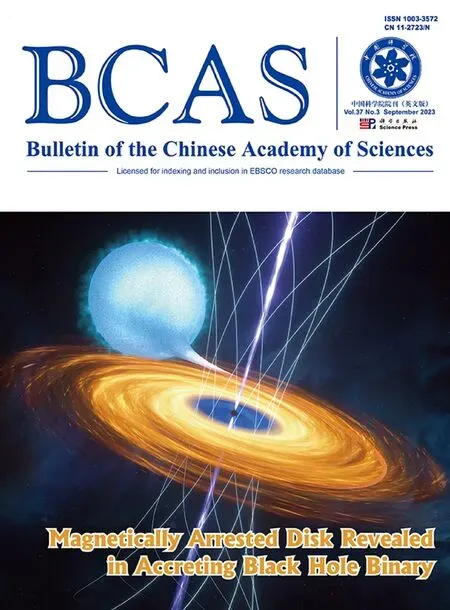Unveiling the Dynamic World of Human Macrophage Specification during Prenatal Development
Researchers led by Prof.LI Hanjie from the Shenzhen Institute of Advanced Technology(SIAT) of the Chinese Academy of Sciences have unveiled the dynamics of human macrophage specification across 19 different tissues from early embryonic stages.The study was published inCellon September 12.
Macrophages,i.e., pivotal immune cells, have long been enigmatic in terms of their diversity and roles during human development.Based on findings in rodents, the scientific community has gained some insights into the diversity, developmental origins, and tissue-specific formation of macrophage subtypes.However, it was not clear whether these findings are conserved in humans.
In this study, Prof.LI’s team combined single-cell transcriptome sequencing, bioinformatic techniques,immunofluorescence, andin vitrofunctional assays to construct a high-resolution spatiotemporal dynamic map of human prenatal immune system development across 18 gestational stages (postconceptional weeks 4–26) and 19 tissues.
Based on this map, the team focused on the most tissue-specific lineage, macrophages.They revealed the origin of differentiation, spatial localization,functional characteristics, and transcriptional regulation mechanisms of multiple macrophage subtypes during development.
“The key finding of our study is the identification of 15 distinct macrophage subtypes, with particular attention to two novel populations: microglia-like cells and proangiogenic macrophages (PraM),” said Prof.LI.
Surprisingly, microglia-like cells, reminiscent of those in the central nervous system, were found in unexpected locations such as the fetal epidermis, testicles, and heart.These cells were found to influence neural crest cell differentiation, contributing to early tissue development.
The research also highlighted the strategic placement of proangiogenic macrophages in perivascular areas across various fetal organs.These macrophages,likely originating from the yolk sac, play a critical role in vascular development during prenatal stages.

Monkey King, a main character in the classical Chinese novel Journey to the West, is known for transforming his hairs into copies of himself or other objects.This scene symbolizes the differentiation of macrophage precursors into distinct subsets, just as Monkey King’s hair transforms to multiply.(Image by SIAT)
“Our study offers a comprehensive map of human macrophage diversity and developmental processes,revealing their multifaceted roles in development,” said Dr.WANG Zeshuai, first author of the study.“These findings are poised to revolutionize our understanding of these immune cells and offer promising avenues for potential therapeutic interventions.”
 Bulletin of the Chinese Academy of Sciences2023年3期
Bulletin of the Chinese Academy of Sciences2023年3期
- Bulletin of the Chinese Academy of Sciences的其它文章
- Could Gut Bacteria Hold a Cure for Sepsis?
- Looking into the Tissue Adjacent to Tumors
- Daya Bay Collaboration Awarded 2023 High Energy and Particle Physics Prize by European Physical Society
- Largest Optical Time-domain Survey Telescope in Northern Hemisphere Goes into Operation
- CAS Paleogeneticist Awarded UNESCO Prize
- “Magnetically Arrested Disk”Revealed by Multiwavelength Observation
